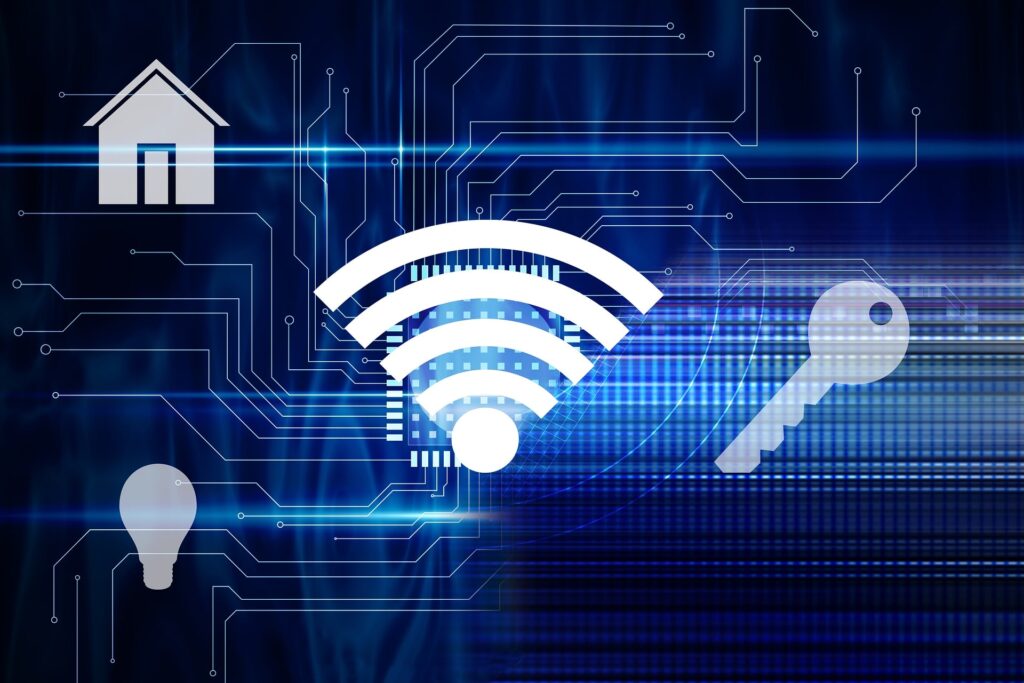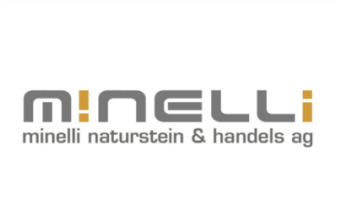
The project "Connectivity in Buildings" has set itself the goal of increasing energy efficiency by improving the interaction of the individual trades, disciplines and technologies through digitalization.
Buildings are an immensely important area when it comes to achieving climate targets and using energy efficiently. Digitization offers an important tool for this and can improve the occupants' sense of well-being. In order for it to contribute to climate and energy goals, the interaction of the individual trades, disciplines and technologies must be improved. This is the goal of the "Connectivity in Buildings" project. The results are intended to advance digitization in the building sector and help leverage its potential.
Background.
Digitalization in buildings and sites is advancing rapidly. Whether through new technologies such as IoT, BigData, Artificial Intelligence, BIM, etc. or due to the incentives of new framework conditions, such as the Energy Strategy 2050 or the revision of the CO2 law, which among other things aim to decarbonize the building stock.
To ensure that the new technologies can be used to achieve the desired goals, fundamental questions about interoperability, data protection and cyber security - which are increasingly acting as barriers - must be increasingly addressed. Existing barriers to system integration should be identified and addressed in a practical manner. The interdisciplinary cooperation of the individual trades, disciplines and technologies must be brought into focus in order to achieve the desired quality, security and effectiveness in the use of technology.
As part of the "Connectivity in Buildings" project, existing specifications such as standards, norms or guidelines are analyzed for existing gaps, overlaps and ambiguities, and the necessary overview is provided in the complicated standards landscape (big picture). Where possible, existing international specifications and regulations are also taken into account.
The interests of all relevant stakeholders and in particular of the building operators are just as important as the technology and are identified in a market and needs analysis on the subject of connectivity in buildings. They will be contrasted with the existing regulations and influencing factors, and the consequences in terms of gaps and necessary regulations will be derived from this. In the future, a guideline based on the project results should combine existing regulations into a comprehensible whole and supplement them where necessary. It should serve as a sustainable basis for improving cross-disciplinary understanding of digital functions and processes between the trades, disciplines and technologies in the building and for strengthening networking within the stakeholder groups.
Objectives.
- Preparation of a market and demand analysis on the topic of connectivity in buildings in cooperation with the building industry
- Capture existing insights and create an overview of the topic of connectivity in the building (big picture)
- Identification of the need for action to achieve the desired target state
- Preparation of a first draft of the guide
- Promotion of interdisciplinary cooperation and networking of the individual stakeholders in the project (building investors, owners, operators, planners, integrators, technology manufacturers)
Output.
A map (big picture) as an overview of all relevant contexts (standards, labels, specifications, programs, projects, initiatives, etc.) on the topic of connectivity in buildings and a guide "Connectivity in buildings" with corresponding recommendations are to be developed.
Project partners.
- INEXTR Ltd.
- bestec AG
- Empa
- University of Applied Sciences Northwestern Switzerland
- SmartGridReady
- IoTReady
- Switzerland Innovation Park Central
- HSLU
- BELIMO Automation AG
- Software AG
- BuildingMinds GmbH
- Siemens Switzerland AG
- Schneider Electric Switzerland AG
- ENGIE Services AG
- Griesser AG
- Planzer Transport AG
- Roche Diagnostics GmbH
- Microsoft Switzerland GmbH
- bonainvest Holding AG / bonacasa AG
- Helbling Technik Bern AG
- BKW
- Swiss Life Asset Managers
Contacts.
Daniel Stauffer
Technology Mediator IG KiG
daniel.stauffer@inextr.com





